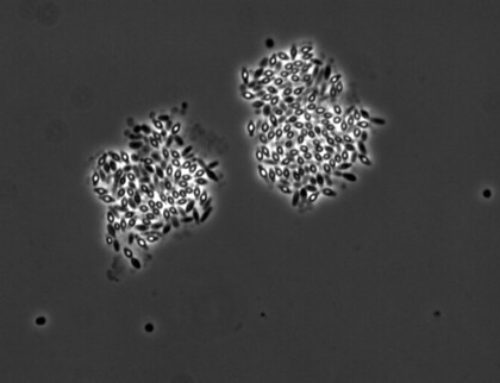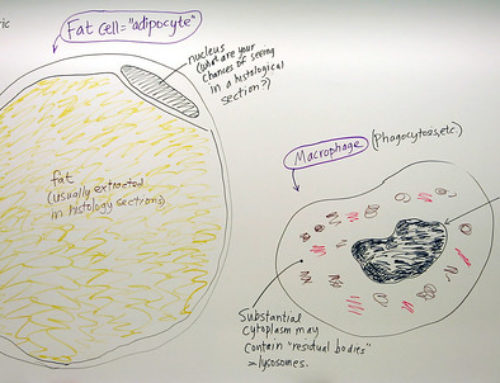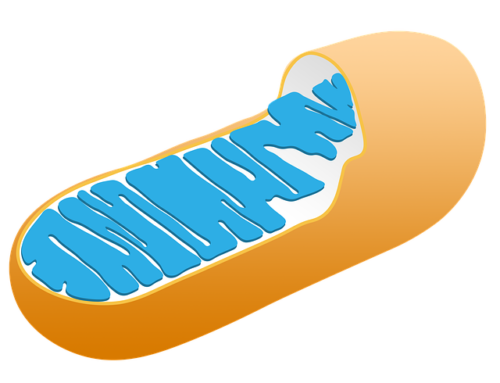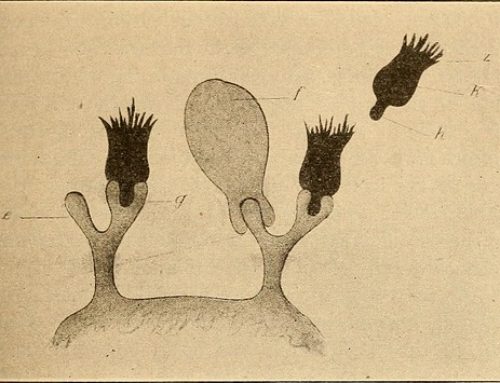Study Questions
- List 8 major structural differences between prokaryotes and eukaryotes and/or draw a picture of each cell type that shows these differences (don’t forget to label the structures).
- is it important for us to know that there are differences between prokaryotes and eukaryotes?
- Using the correct pronunciation, shout out “Escherichia coli”. Which part of its name refers to the species? What is the plural of species?
- Can you describe and or draw (with labels) several different phenotypic features of bacteria?
- Describe one technique that could be used to determine the genotype (or partial genotype) of a microorganism.
- Bacteria that are shaped like baseballs are referred to as __________ (or if there is only one, it is called a ________). Bacteria that are shaped like hot dogs are referred to as _____ or __________.
- A clinical specimen is sent to the clinical microbiology lab to be tested for the presence of Chlamydia. A few days later the lab report states that the specimen was positive for chlamydial antigens. What did the lab use to detect the Chlamydia-specific antigens?
- Draw a diagram outlining the steps of the Gram staining procedure and how Gram-positive and Gram-negative cells appear microscopically at each step. Use colored pencils, crayons, or highlighters!
- Draw a picture of Gram-negative and a Gram-positive cells and label all of the major structural features of each (include everything in the cytoplasm and cell wall). Put a green + next to the structures they both have and a red X next to structures that they do not have in common.
- Peptidoglycan is present on the outside of Gram-____________ bacteria.
- The outermost layer of Gram-negative bacterial cell walls is called the _______________.
- Gram-negative cells do / do not (circle one) have peptidoglycan present in their cell walls.
- Lipopolysaccaride (LPS) is unique to Gram-__________bacteria and is called an _______. The unit of LPS that is responsible for its toxic effects is ____________. Why is LPS toxic even after autoclaving?
- Where is the periplasmic space in Gram-negative bacteria?
- Draw a simple diagram of the structure of peptidoglycan, including the alternating NAG and NAM molecules and the peptide cross links.
- What is the function of peptidoglycan?
- Add to your diagram in #15, the site(s) at which lysozyme acts to compromise cell wall structure.
- Teichoic acid is found in the cell wall of Gram-______________bacteria.
- What are some of the functions of the outer membrane of Gram-negative bacteria and how does it affect the general “vulnerability” of Gram-negative bacteria to antibiotics and harsh environmental conditions?
- Describe the location and general structure of the cytoplasmic membranes of Gram-positive and Gram-negative cells. How is it similar and how is it different from the cytoplasmic membrane of eukaryotic cells?
- Bacterial capsules are composed of ___________________.
- The 4 most important things I need to remember about bacterial capsules are:
- Compare and contrast flagella and pili with respect to structure, functions, and roles in pathogenesis.
- Describe the structure of spores, including the unique calcium chelator found in their outer coat. Under what conditions do spores form and germinate?
- The only two medically-important genera that produce spores are __________________ and _____________________. They are both Gram-____________ ____________.
- Are the same procedures that inactivate bacteria effective in inactivating spores? If not, what procedures must be used to inactivate spores?





Leave a Reply